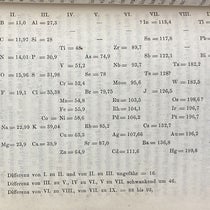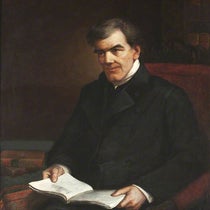Scientist of the Day - Paul Du Chaillu
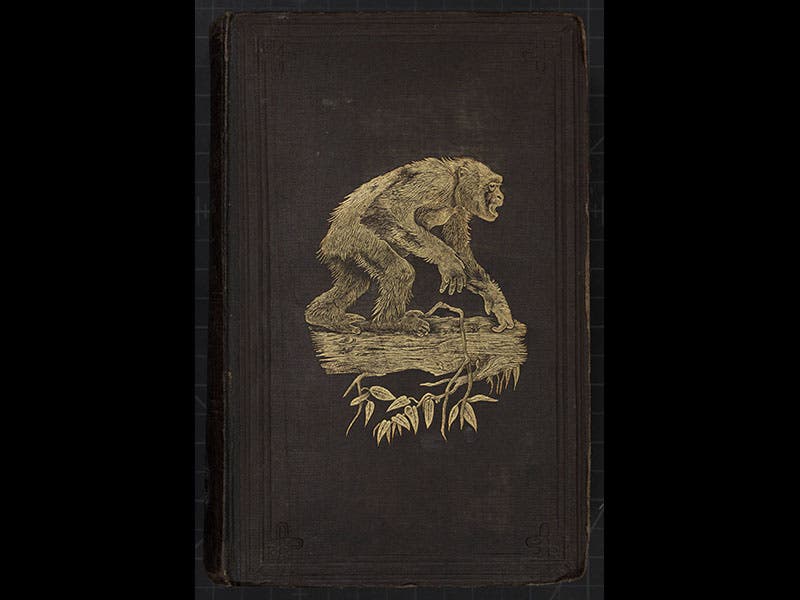


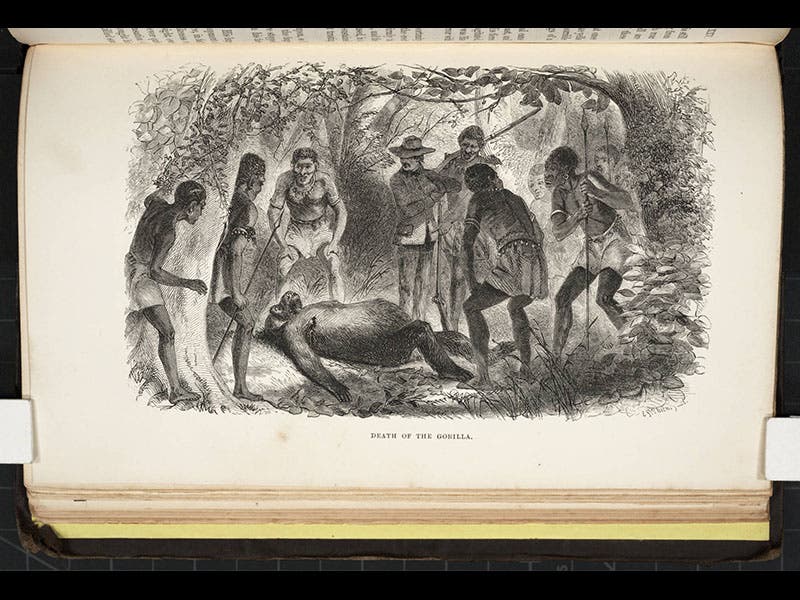


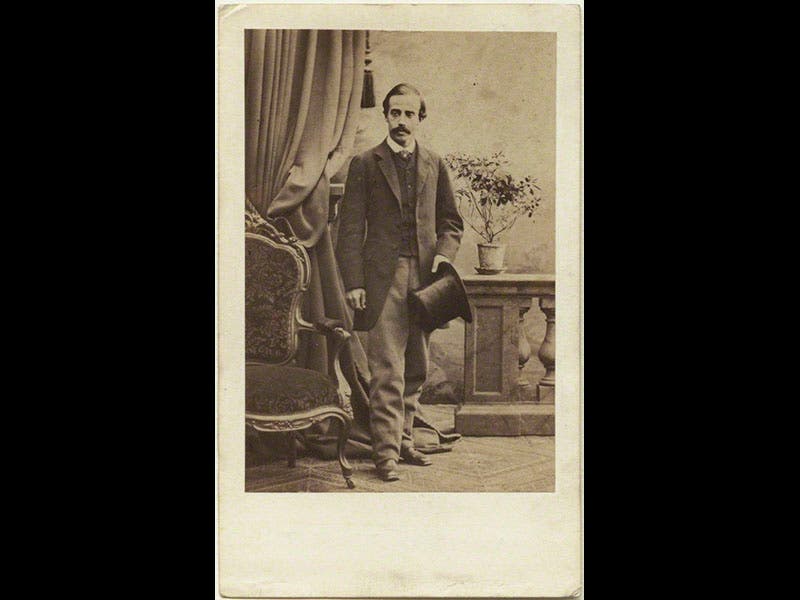
Paul Belloni Du Chaillu, a French/American explorer and adventurer, was born July 31, 1831 (or possibly 1835 or 1839). Du Chaillu spent nearly 4 years in what was known as the Gabon on the west coast of central Africa, from 1856-1859, where he claimed to have encountered live gorillas, and even to have shot and killed one. After his return to New York, he gave lectures that were so popular that he decided to publish a book, Explorations and Adventures in Equatorial Africa, which appeared in the late spring of 1861. By that time, Du Chaillu was in London, displaying gorilla skins and skulls to a fascinated public, along with a variety of other animal specimens that he had brought back. However, his book was severely criticized in reviews by several naturalists, who challenged Du Chaillu's credentials as a scientist and were skeptical of the veracity of his accounts of encounters with gorillas. It was also pointed out that several of his illustrations were copied without credit from other sources and presented as if they portrayed Du Chaillu's own specimens. The book, which was published simultaneously in New York and London, quickly went into a second printing in London (June of 1861), so that changes could be made to the picture captions to ward off some of the criticism--that is the edition that we have in the Library. Du Chaillu seems to have weathered the storm, for he wrote a number of other adventure books, including some for children, and lectured in the United States until his death in 1903.
We show above some of the wood engravings from the second London edition, as well as the beautiful gold-embossed cloth cover. The image that depicts a gorilla bending a gun after killing a hunter is one of those that attracted skeptical notice, as well as the one that showed Du Chaillu killing a gorilla; many doubted that Du Chaillu ever saw a live gorilla. The frontispiece (fifth image) was one of those that was a plagiary; we include as well the original colored lithograph from which it was copied (sixth image), in a work by Geoffroy Saint-Hilaire (1858). Compare closely, and you will see that Du Chaillu’s gorilla has acquired a more Victorian sensibility.
The carte de visite (seventh image)portrays Du Chaillu in the mid-1860s.
Dr. William B. Ashworth, Jr., Consultant for the History of Science, Linda Hall Library and Associate Professor, Department of History, University of Missouri-Kansas City. Comments or corrections are welcome; please direct to ashworthw@umkc.edu.




